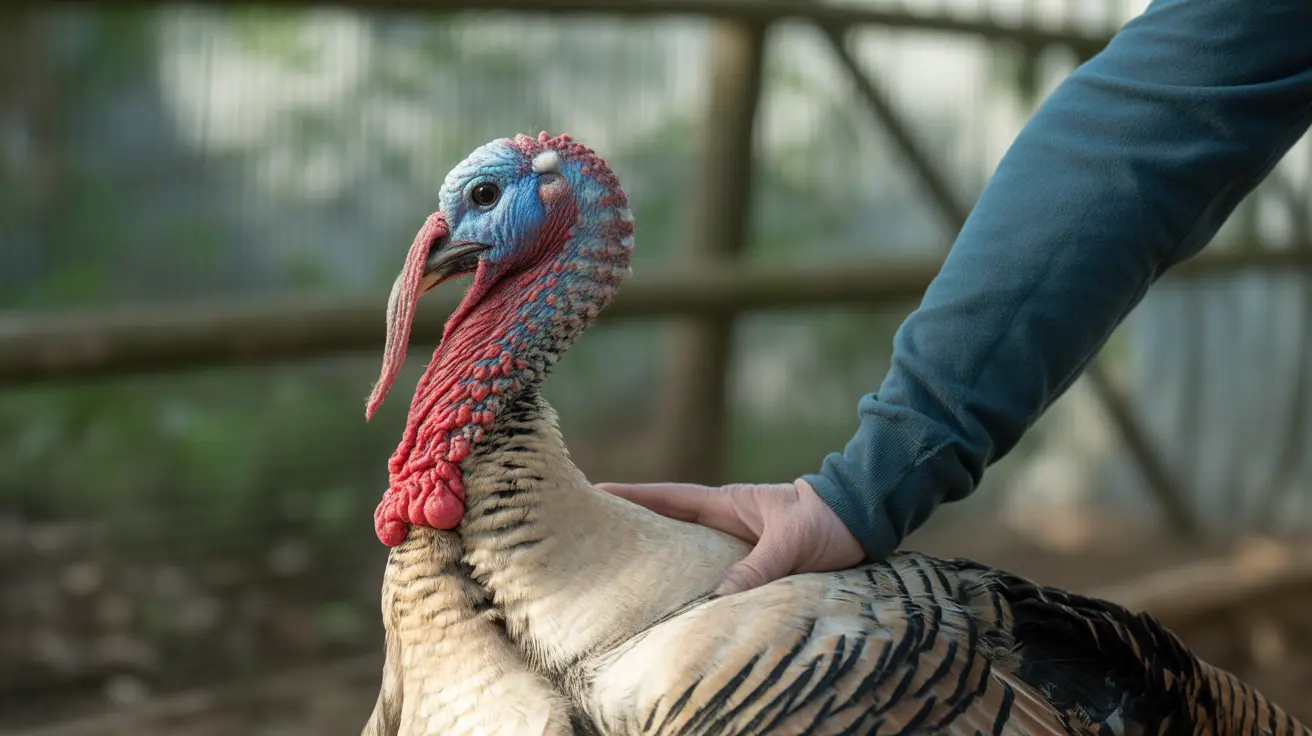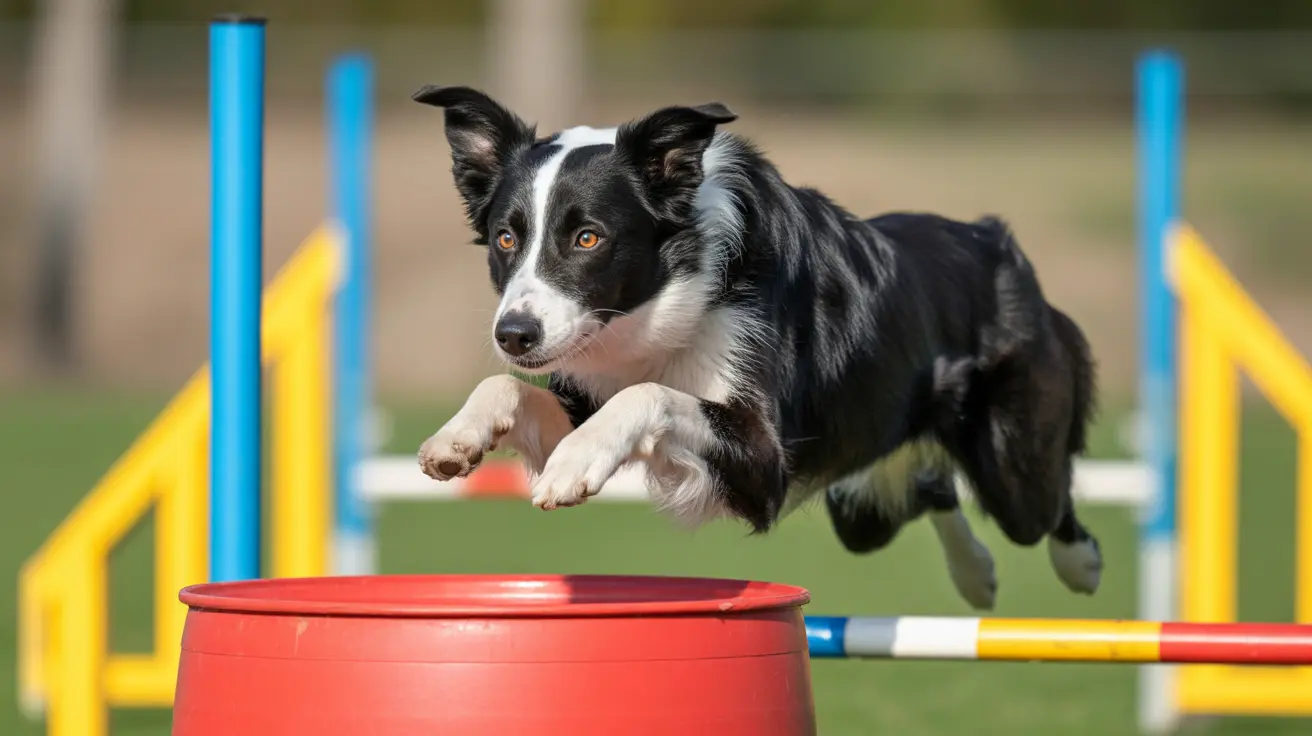Should You Hold Your Dog Like a Baby? Understanding the Risks and Proper Handling Techniques
Many dog owners enjoy cuddling with their pets, and holding a dog like a baby might seem like a sweet and affectionate gesture. However, this practice often causes more harm than comfort to your canine friend. It's important to understand a dog’s anatomy, behavior, and needs before picking them up in any position that mimics cradling a baby.
Why Holding a Dog Like a Baby Can Be Harmful
Dogs are naturally built to stand and move on all four legs. Holding them in unnatural positions, like placing them on their back with belly exposed, can result in physical and psychological stress. This position exposes vulnerable areas such as the chest and abdomen, triggering a feeling of defenselessness in dogs.
Physical risks include:
- Compression of internal organs
- Joint or spinal injuries
- Increased anxiety and stress
- Higher chance of injury if the dog squirms or tries to escape
Small dogs and puppies are especially vulnerable. Their delicate bones and growing joints make them more susceptible to harm from mishandling.
How to Properly Pick Up and Carry a Dog
To ensure your dog’s safety and comfort, use these guidelines for proper lifting:
- Support the front and rear of the dog’s body at all times.
- For small dogs: Slide one hand under the chest just behind the front legs and use the other to support the hindquarters. Keep the body close to your own.
- For medium to large dogs: Position yourself to the side, place one arm under the chest and the other around the waist or under the hindquarters. Lift with your legs, not your back.
If your dog is too heavy or has mobility issues, it's best to use ramps, carriers, or lifting harnesses. These tools provide stability and reduce the risk of injury for both you and your dog.
Unsafe Techniques to Avoid
Never pick up a dog by:
- The front legs or armpits
- The collar or harness alone
- The tail or scruff
These methods can cause significant pain and lead to injuries such as dislocations, choking, or trauma. Even though mother dogs carry their puppies by the scruff, this technique is not suitable for older puppies or adult dogs.
Reading Your Dog's Body Language During Handling
Always observe your dog’s response when being picked up or held. Signs of discomfort include:
- Shaking or trembling
- Cowering or trying to escape
- Whining or growling
- Flattened ears or lip licking
If you notice these signals, pause and adjust your approach. Forcing handling on a resistant dog may cause fear, leading to trust issues or even aggression over time.
Positive Handling Habits
To help your dog become more comfortable with being picked up, practice positive handling behavior:
- Start early: Begin in puppyhood, using gentle and calm techniques.
- Use treats and verbal praise to create a positive association.
- Add verbal cues before lifting.
- Practice handling regularly while monitoring your dog’s comfort level.
- Educate children: Teach them never to pick up a dog unsupervised.
Balancing Affection and Independence
While the urge to carry your dog can be strong, especially with small breeds, avoid making this a constant habit. Over-carried dogs may exhibit learned helplessness—a behavioral condition where they become overly dependent and avoid walking or exploring their environment.
All dogs need physical activity, mental stimulation, and socialization. Carrying should be reserved for safety situations, medical needs, or travel—not as a replacement for walking or playtime.
Special Considerations for Senior or Injured Dogs
If your dog has physical limitations, consult with a veterinarian about mobility aids and specialized lifting techniques. Equipment such as slings, lifting harnesses, or pet strollers may offer better support and comfort.
Approaching Your Dog the Right Way
When lifting your dog, approach calmly from the side. Avoid sudden or looming movements which can appear threatening. Use a verbal cue or a gentle touch first to alert your dog. Throughout the lift, maintain a calm demeanor and ensure your dog is well-supported.
Understanding Your Dog’s Preferences
Some dogs do enjoy being held, but others may not tolerate it regardless of how careful you are. Respect your dog’s boundaries. Alternatives to show affection include:
- Gentle petting and brushing
- Engaging in playtime
- Sitting beside or near them
Ultimately, every dog is unique. Paying attention to your pet’s signals and comfort can help foster a trusting and stress-free relationship.





